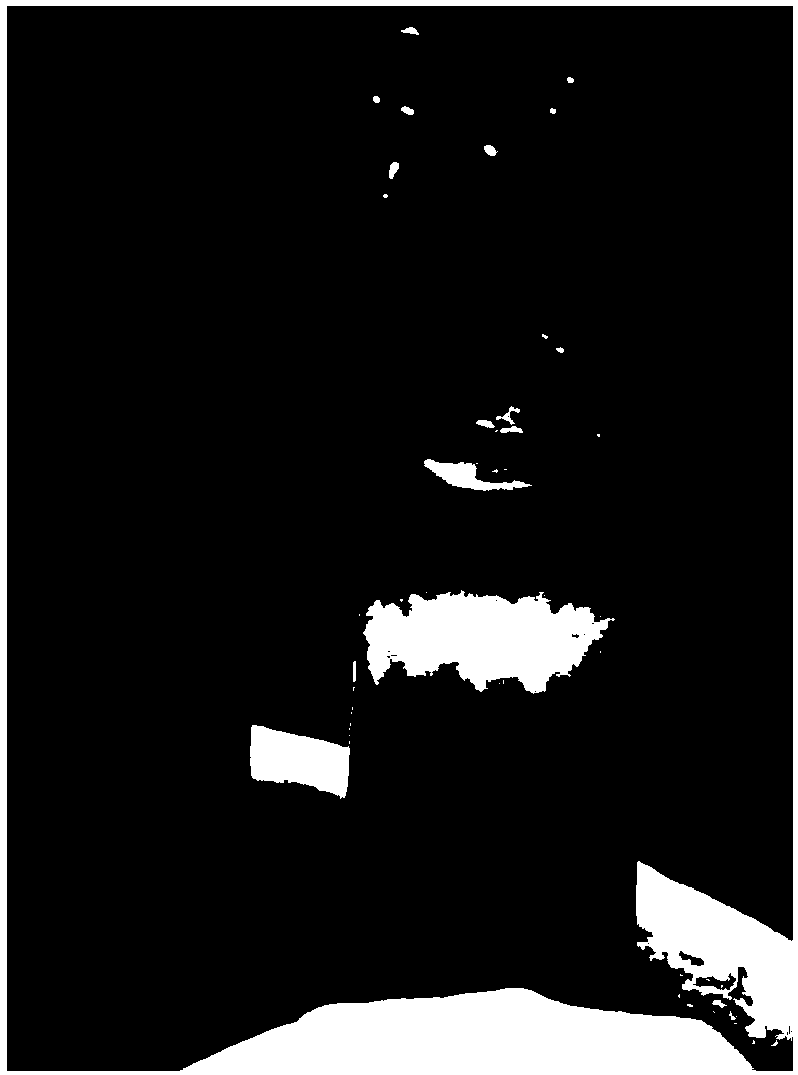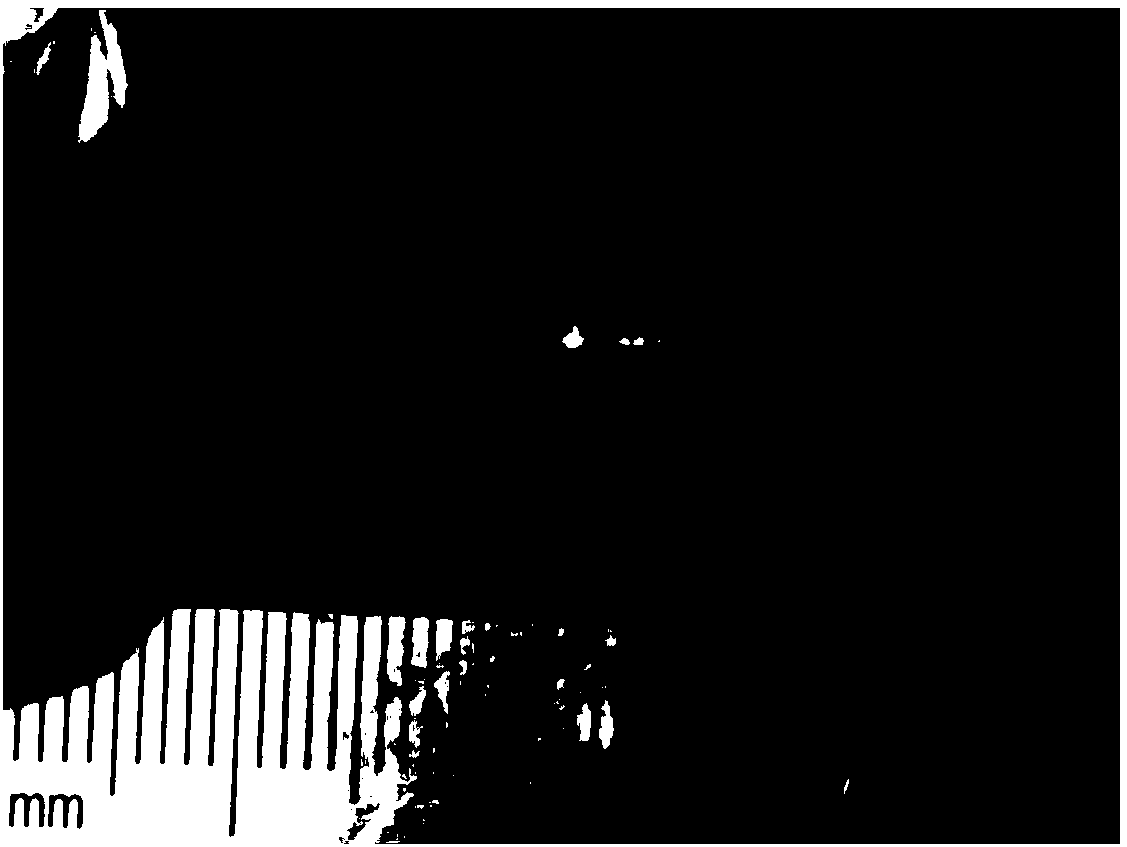Cartilage defect repair material and preparation method thereof
A repair material and cartilage technology, applied in the field of medical devices, can solve the problems of immune rejection, slow process of allogeneic tissue reconstruction, disease transmission, etc., and achieve the effects of easy survival, reducing patient trauma, and strong biocompatibility
- Summary
- Abstract
- Description
- Claims
- Application Information
AI Technical Summary
Problems solved by technology
Method used
Image
Examples
Embodiment 1
[0028] Example 1. Preparation of cartilage microparticle-collagen complex.
[0029] 1. Preparation of cartilage particles:
[0030] The fresh articular cartilage of the donated juvenile human body was cut under sterile conditions to form 1×1×1 mm cartilage particles ( figure 1 ). The survival assay showed that the cell survival rate before transplantation was 80%-95%. DMEM medium can be used for temporary storage, or cryopreservation.
[0031] 2. Preparation of collagen material:
[0032] 200g (wet weight) of articular cartilage from healthy adult pigs was intercepted, freeze-dried at 0-10°C, pulverized, aseptically processed, digested, salted out, and dialyzed (see "Acellular osteochondral scaffold combined with autologous bone marrow mesenchymal stem cells to repair sheep. Research on Osteochondral Defects". Chinese Journal of Joint Surgery (Electronic Edition), 2010, 06: 765-771.) Type Ⅱ collagen 10g was prepared. It can be used after sterility test.
[0033] 3. Prepa...
Embodiment 2
[0036] Trim the porcine cartilage defect to make the residual cartilage edge smooth, stable and free from loosening. The cartilage microparticle-collagen composite prepared in Example 1 was aseptically injected into the cartilage defect area, and the temperature of the implanted area was raised to 37° C. and maintained for 6-10 minutes, and the sol matrix material phase changed into gel. The surgical joint was flexed and extended, and the implantation operation was completed after observing that the graft did not fall off in the cartilage defect area.
[0037] 3-6 months after surgery, the specimens were taken out for type II collagen immunohistochemical staining analysis. The results are shown in figure 1 and figure 2 .
[0038] The results showed that in the cartilage defect site where the cartilage particle-collagen complex was not injected, the cartilage defect was obvious ( figure 1 ); while the cartilage defect site injected with cartilage particle-collagen complex s...
PUM
 Login to View More
Login to View More Abstract
Description
Claims
Application Information
 Login to View More
Login to View More - R&D
- Intellectual Property
- Life Sciences
- Materials
- Tech Scout
- Unparalleled Data Quality
- Higher Quality Content
- 60% Fewer Hallucinations
Browse by: Latest US Patents, China's latest patents, Technical Efficacy Thesaurus, Application Domain, Technology Topic, Popular Technical Reports.
© 2025 PatSnap. All rights reserved.Legal|Privacy policy|Modern Slavery Act Transparency Statement|Sitemap|About US| Contact US: help@patsnap.com



